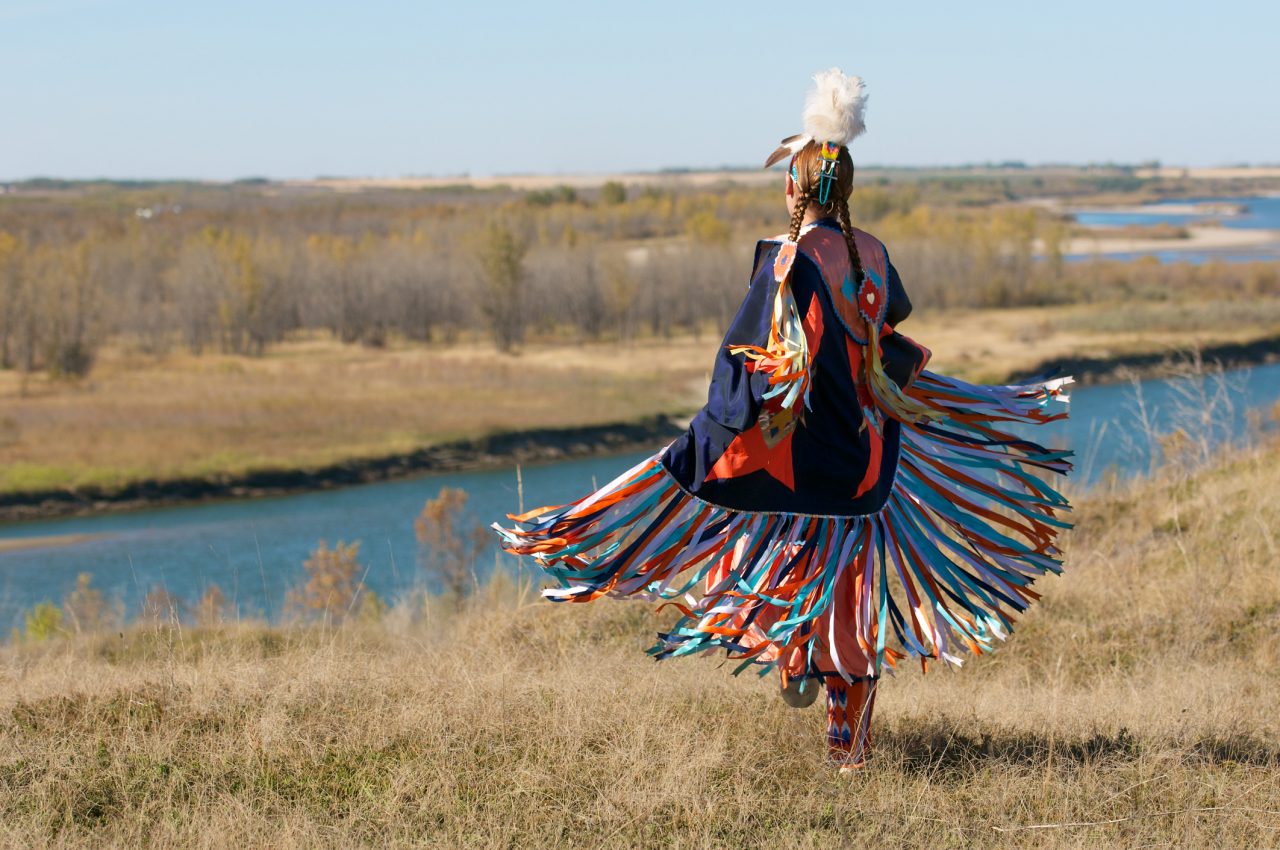
First Nations Women performing a Fancy Shawl Dance in a grass field with a river background
The Native Americans
Before the arrival of Europeans in the late 15th century, the continent was inhabited by Indigenous peoples, called Native Americans. These original inhabitants were not just one group but consisted of over 500 distinct tribes. Each tribe had its own languages, traditions, and lifestyles.
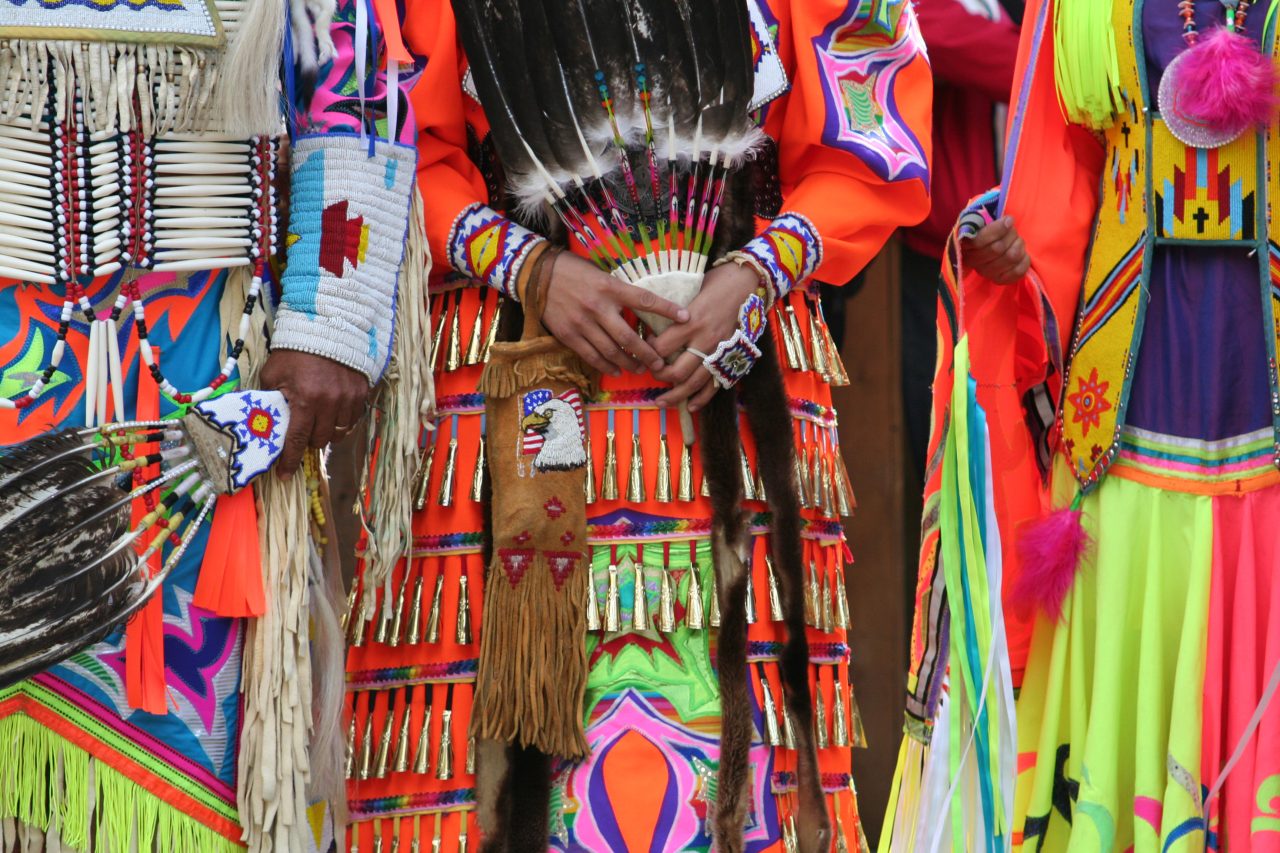
Three dancers dressed in vibrant traditional costume of a North American aboriginal from British Columbia, Canada. Includes feathers, bones, beadwork and bells.
Respect for nature
The Native Americans have a profound respect for nature. Unlike European settlers who often viewed land as something to own and develop, many Indigenous tribes saw themselves as guardians of the earth.
The Native Americans believe in living in harmony with nature, taking only what they need.
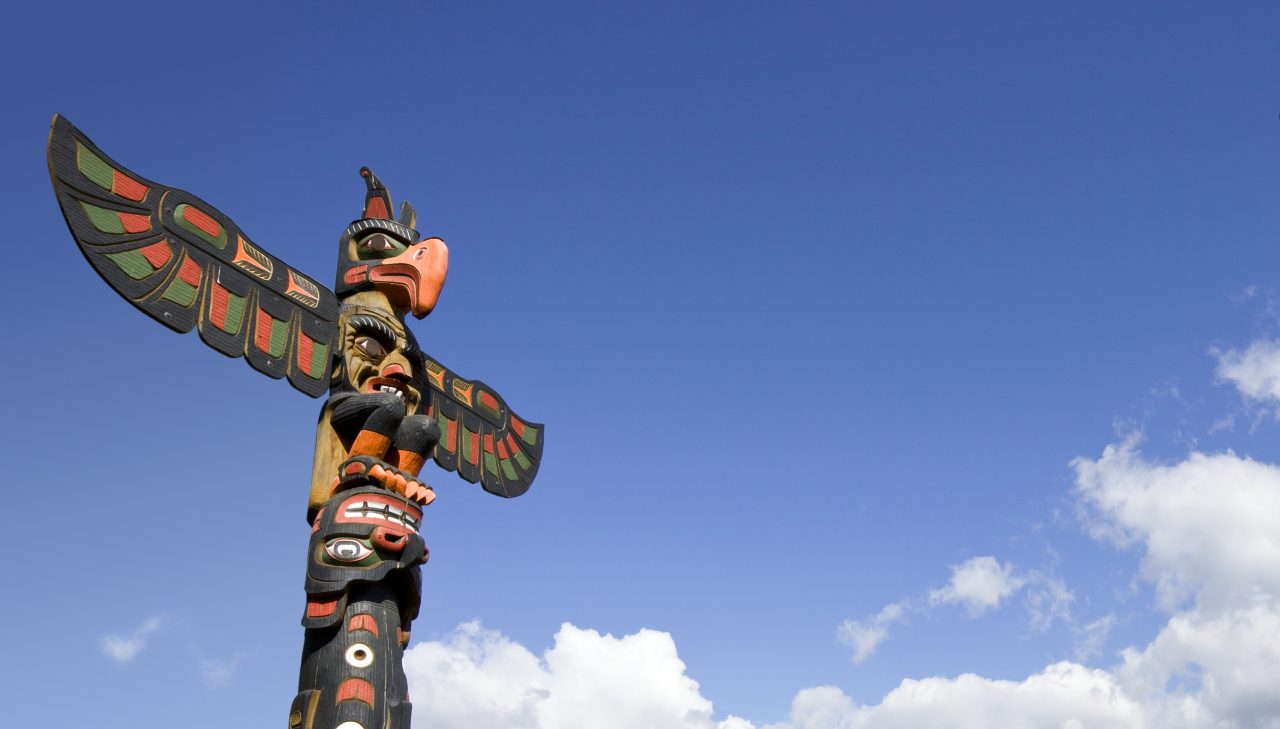
A totem pole against a blue sky
Rituals are important
Ceremonies are a big part of Native American life. The Plains tribes practise the Sun Dance, which is a ritual to connect to the spirit world.
The tribes of the Pacific Northwest had Totem poles. These are tall wooden beams with carvings of animals and spirits. The Totem poles tell different stories that are important for the tribe.
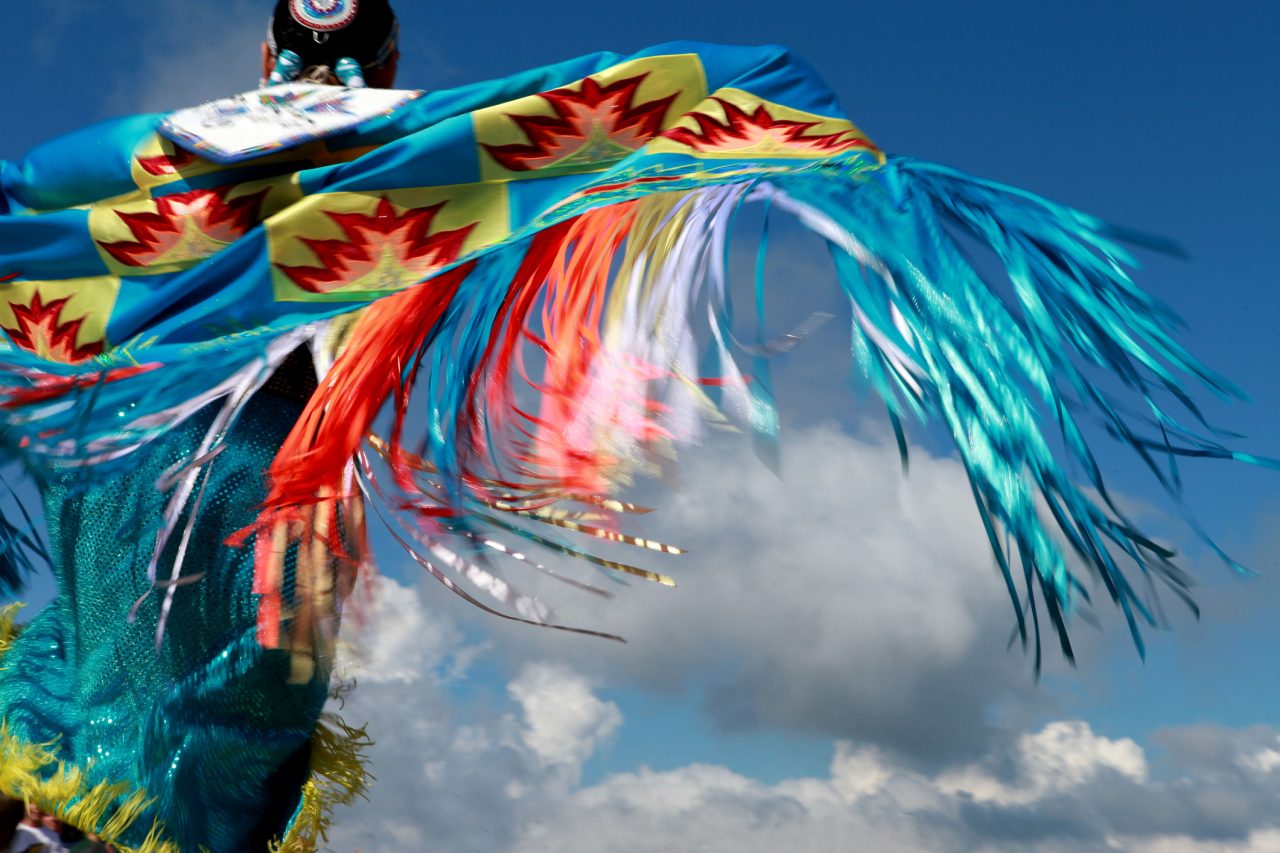
Native american dancing in traditional clothes
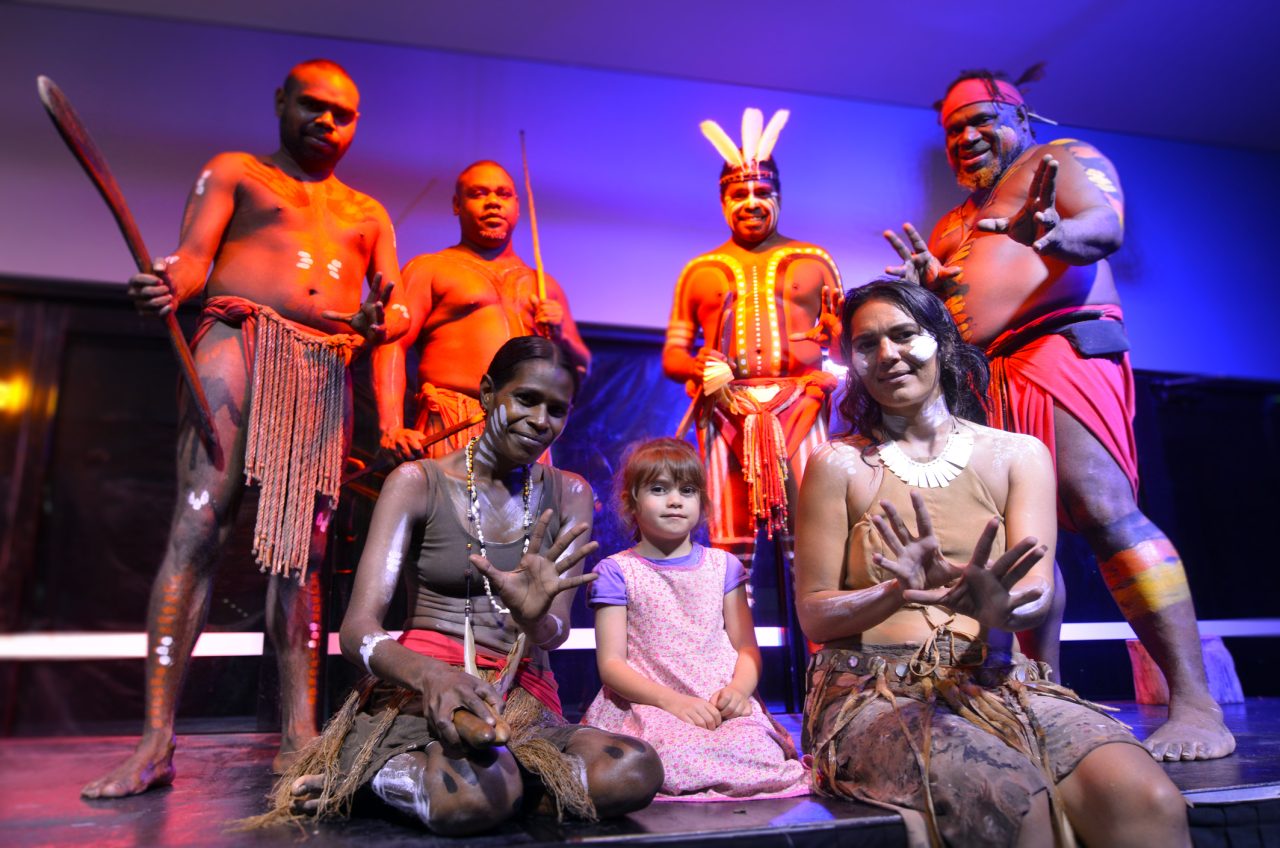
Aboriginal Australian people of the Yirrganydji people at a cultural show in Queensland, Australia. Dressed in traditional costumes
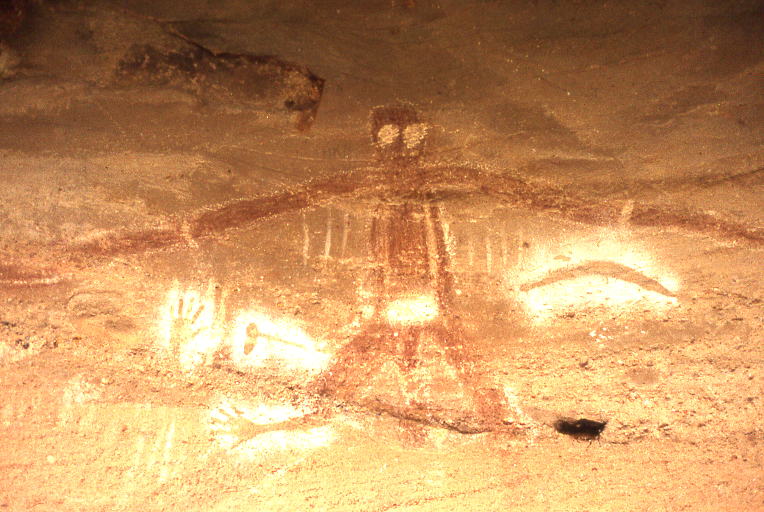
Aboriginal painting, Baiame Cave
Aboriginal art
Aboriginal art, characterized by iconic dot paintings, and the didgeridoo, a wind instrument played during ceremonies, are vital components of the cultural heritage of the Aboriginal people.
📷 Austrailan Digeridoos in Cairns, Australia.
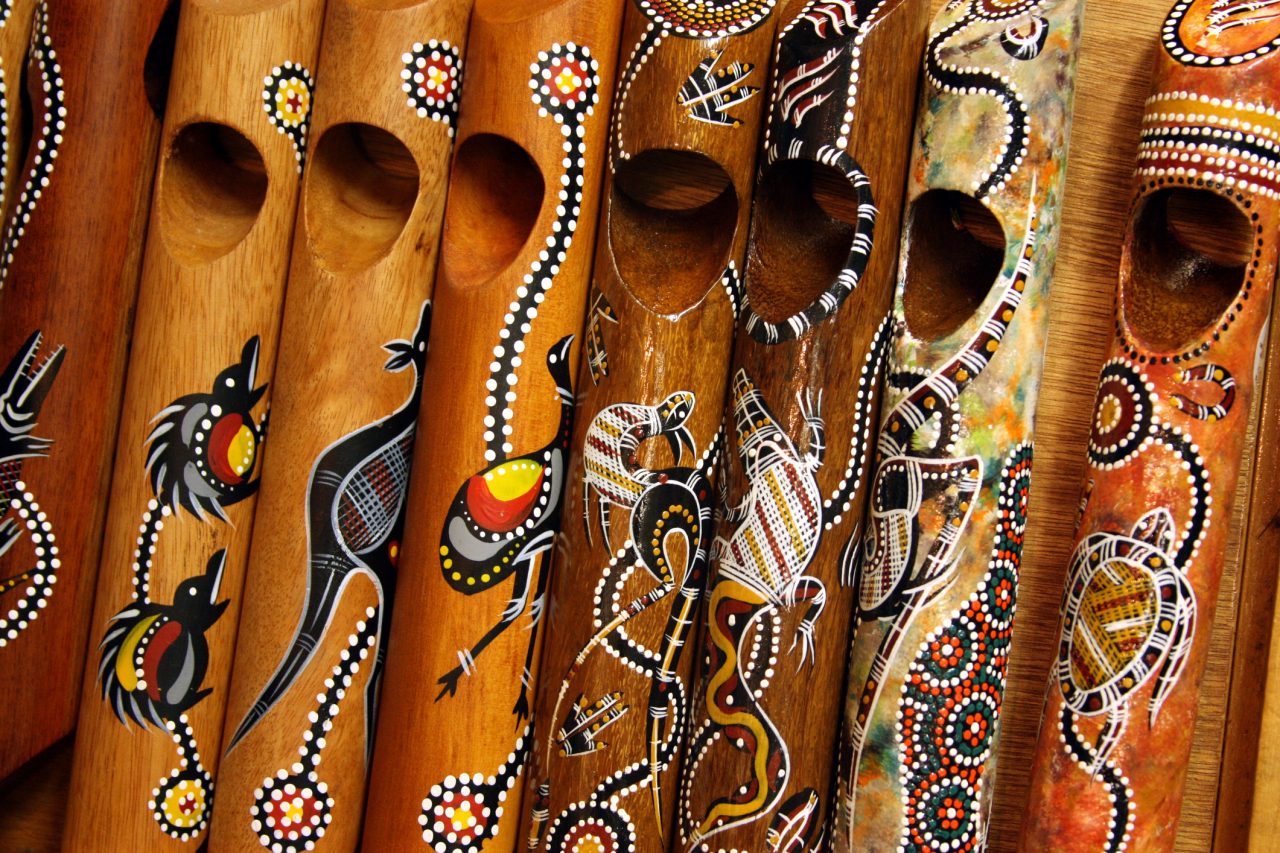
A few different digeridoos instruments
The Māori of New Zealand
The Europeans arrived in New Zealand in the 17th century, but before that New Zealand was inhabited by the Māori, its Indigenous people. The Māori navigated vast oceans using stars and ocean currents to reach New Zealand around the 13th century.
📷 Maori warriors perform a Haka (dance of welcome).
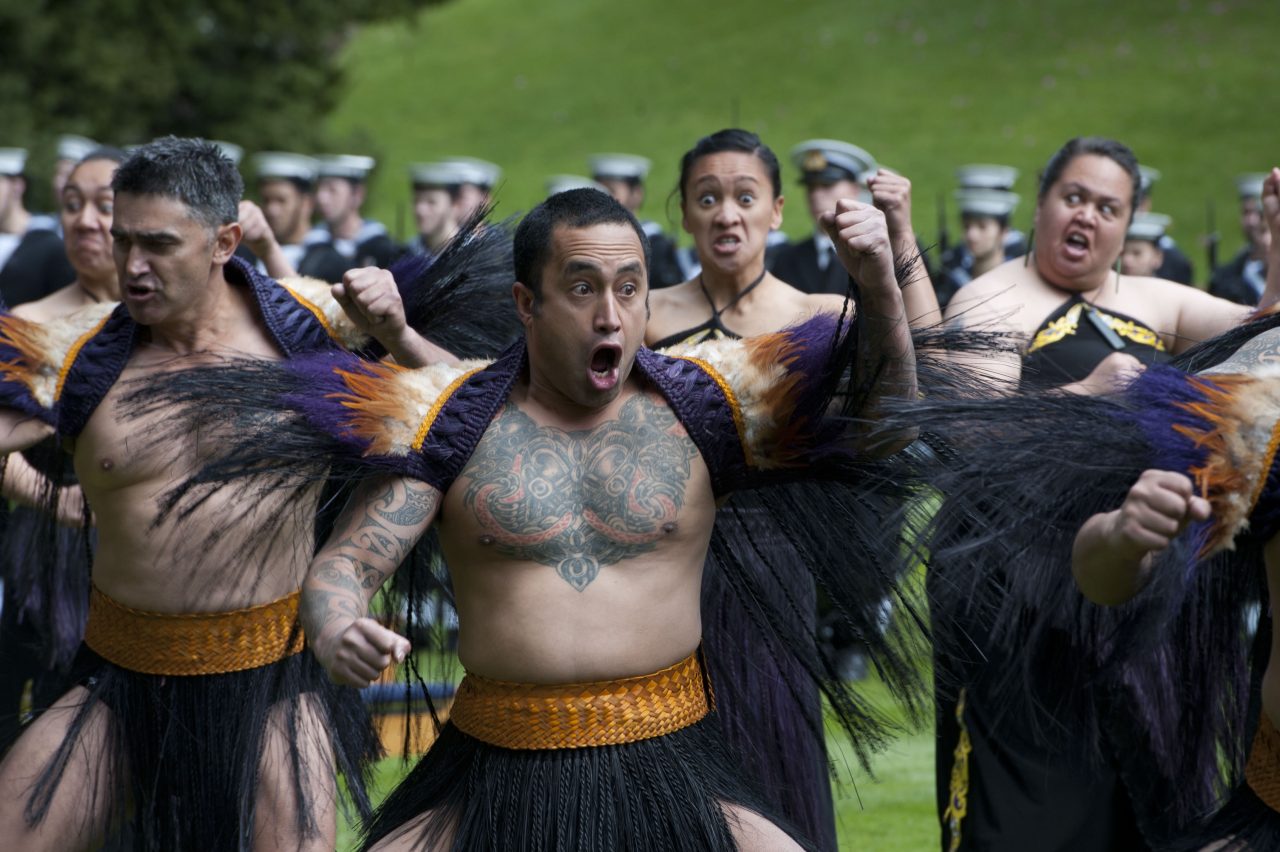
Maori warriors perform a Haka
Rich culture
Their culture is rich with intricate carvings, powerful ‘haka’ war dances, and ‘moko’ tattoos that tell personal stories and show status. They developed a rich culture seen in their wood carvings, war dances called ‘haka’, and face tattoos called ‘moko’.
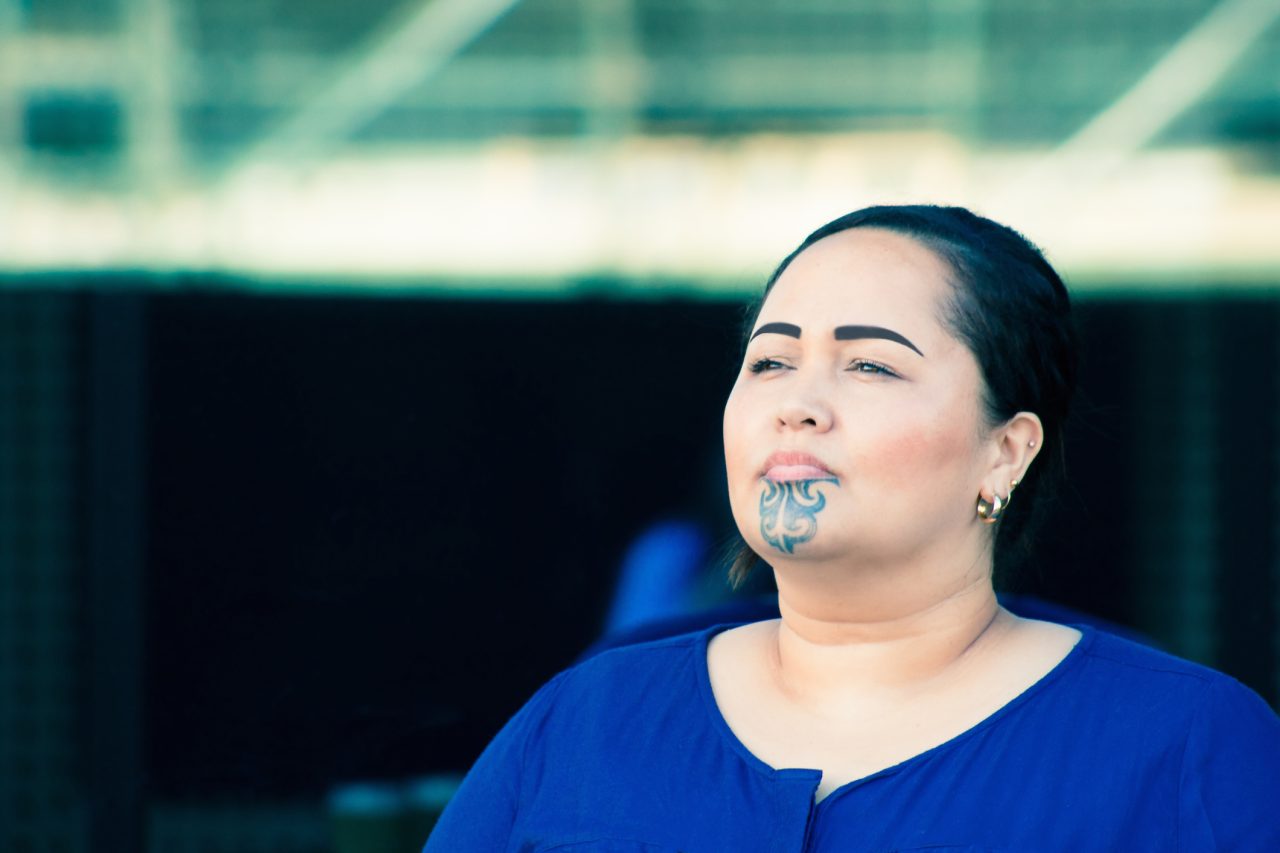
Close up portrait of a beautiful Maori businesswoman outdoors in the workplace with traditional tattoo on her chin
Family and kin are important
Māori society was organised into ‘iwi,’ or communities, each with its own history, lands, and chieftain. Relationships between iwi could be both cooperative and competitive.
📷 A Maori marae entrance, Tapawera, New Zealand.
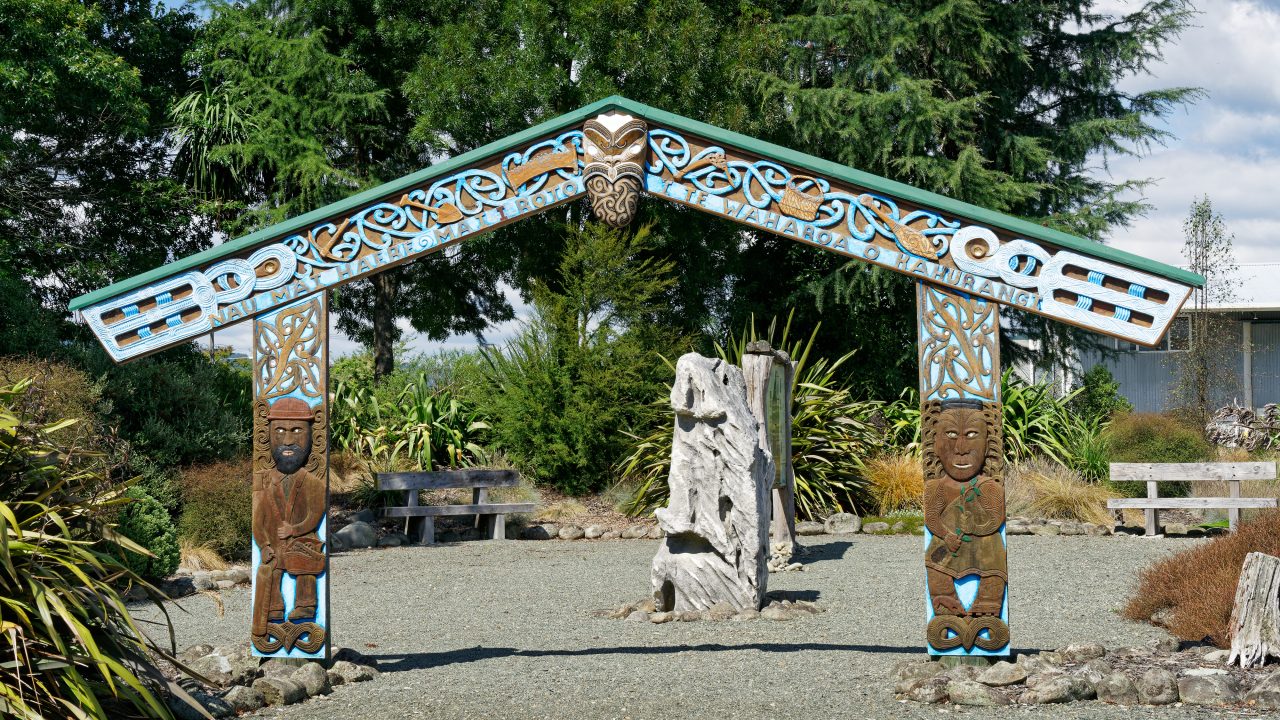
Maori marae entrance Tapawera, New Zealand
Core beliefs
Core beliefs in Māori culture have shaped their interactions with the world, fostering respect, understanding, and unity. For example, Māori believe that everything is connected (‘whakapapa’), and that a spiritual power exists in everything (‘mana’). Some things and places are holy, or ‘tapu’.
📷 Sunrise at Te Mata Peak, New Zealand
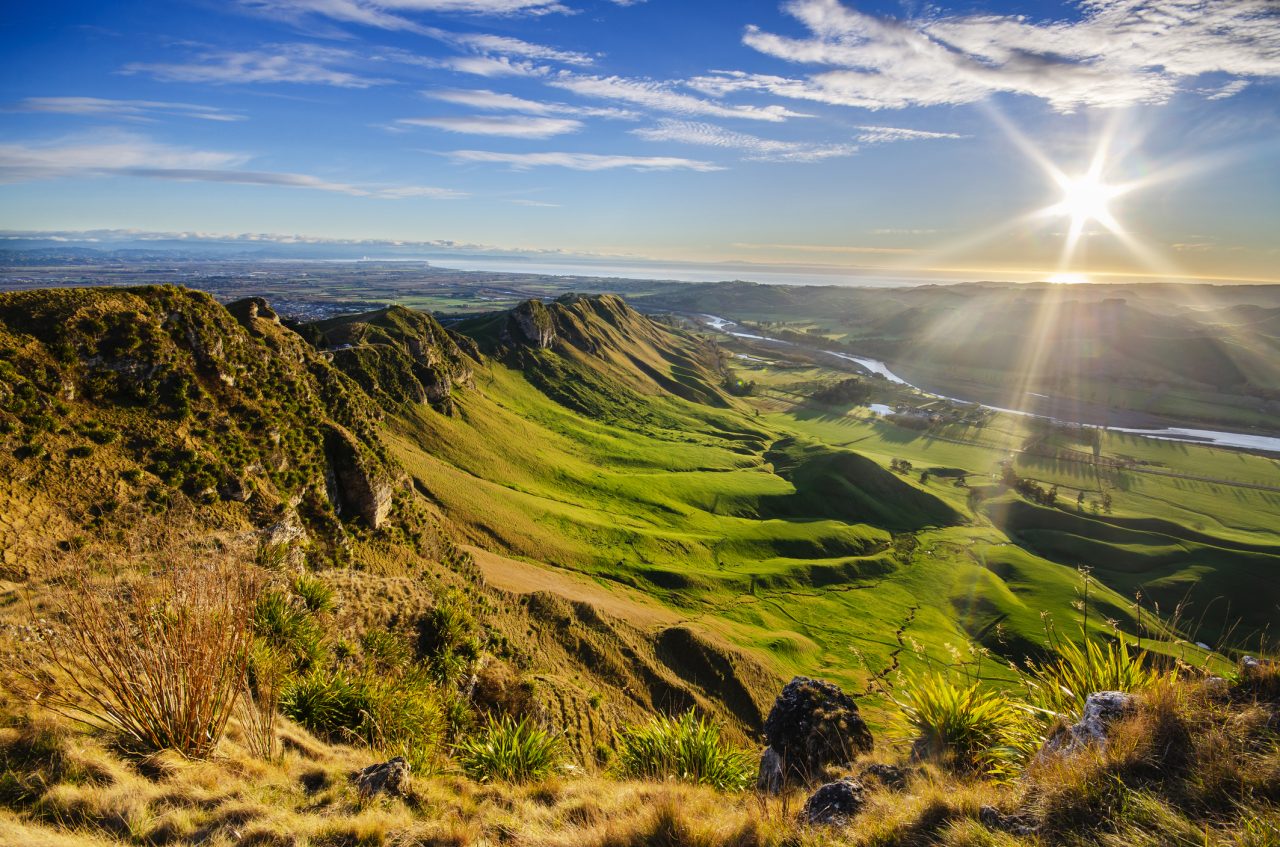
Sunrise at Te Mata Peak, New Zealand
Sources:
- The World Bank (30.8.2023): Indigenous Peoples Overview
Indigenous Peoples Overview (worldbank.org)
- United Nations (30.8.2023): Indigenous Peoples
Indigenous Peoples | United Nations
- Regjeringen.no (30.8.2023): What Defines an Indigenous People
What Defines an Indigenous People? – regjeringen.no
Media rights:
-
-
Getty Images
-
Getty Images
-
Getty Images
-
Getty Images
-
Getty Images
-
Photo by Sardaka (CC BY-SA 3.0)
-
Getty Images
-
Photo by Erin A. Kirk-Cuomo / Public domain
-
Getty Images
-
Getty Images
-
Getty Images
-


